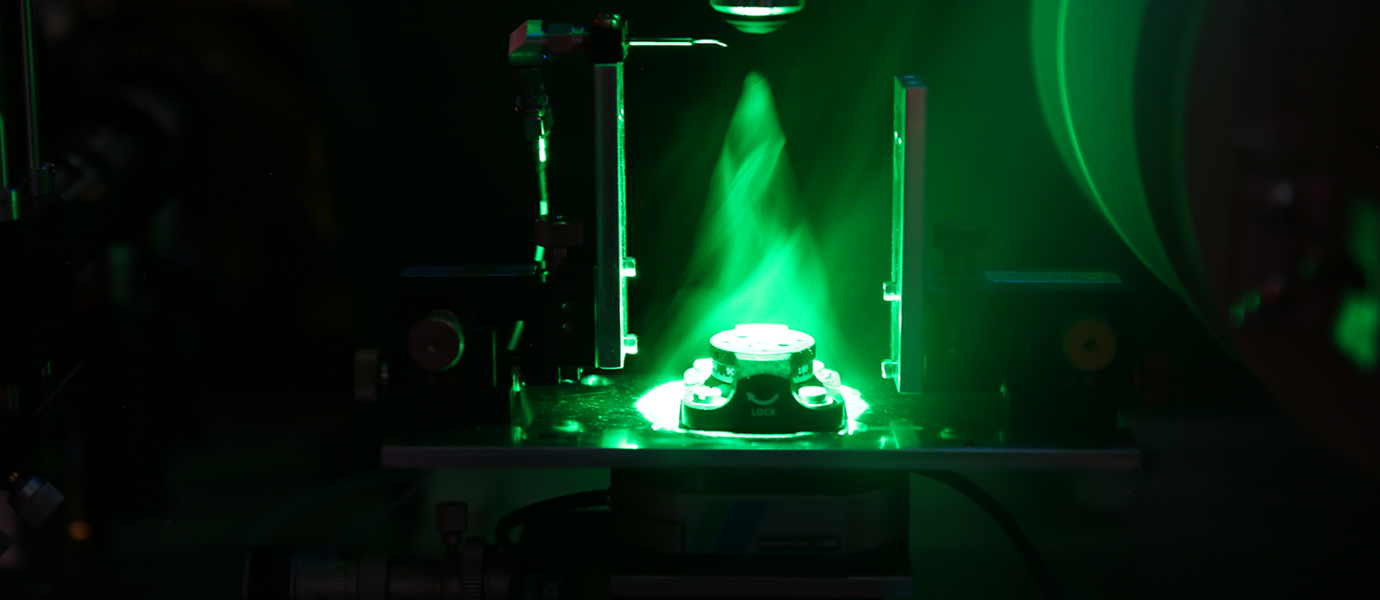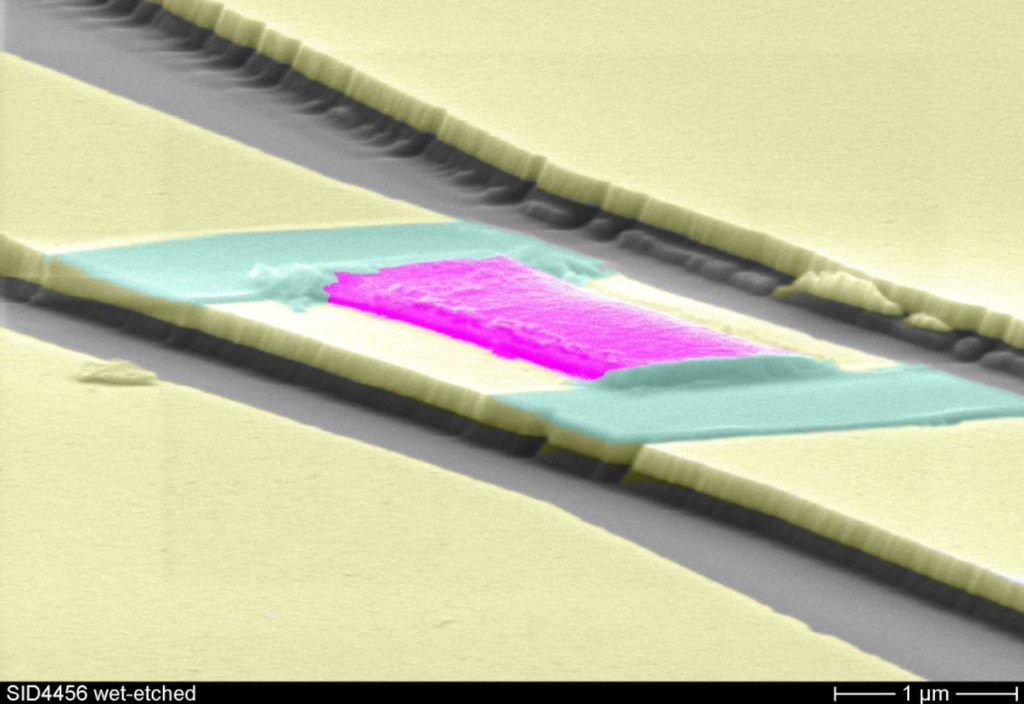
When two superconducting regions are separated by a strip of non-superconducting material, a special quantum effect can occur, coupling both regions: The Josephson effect. If the spacer material is a half-metal ferromagnet novel implications for spintronic applications arise. An international team has now for the first time designed a material system that exhibits an unusually long-range Josephson effect: Here, regions of superconducting YBa2Cu3O7 are separated by a region of half-metallic, ferromagnetic manganite (La2/3Sr1/3MnO3) one micron wide.
With the help of magneto-transport measurements, the researchers were able to demonstrate the presence of a supercurrent circulating through the manganite — this supercurrent is arising from the superconducting co...
Read More









Recent Comments